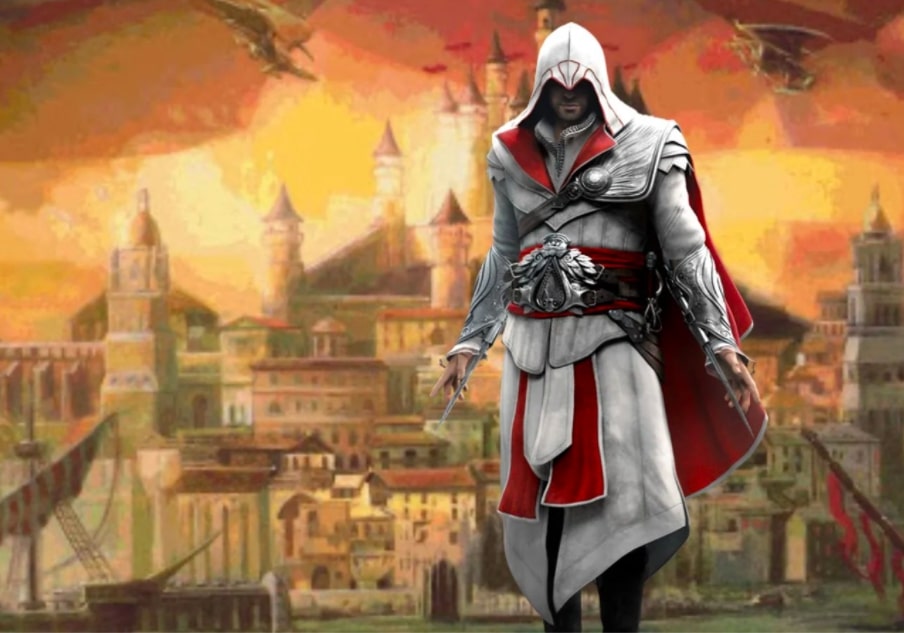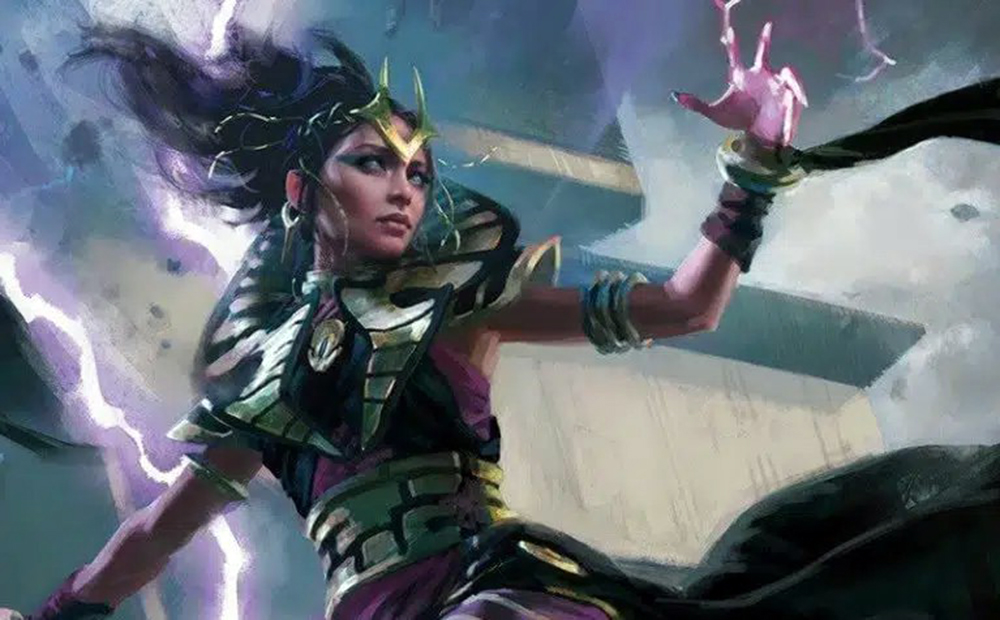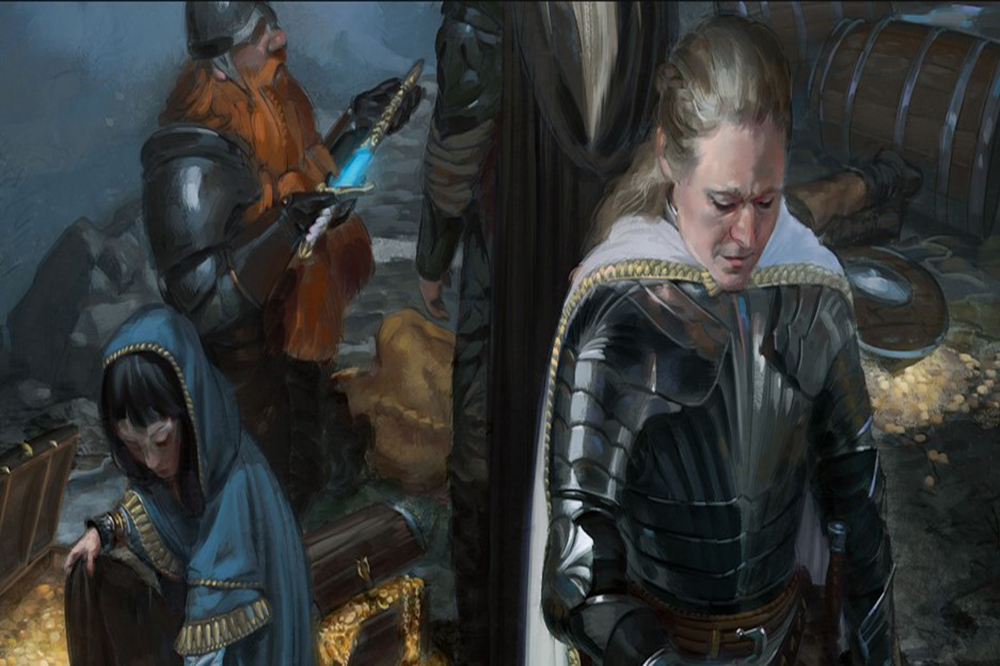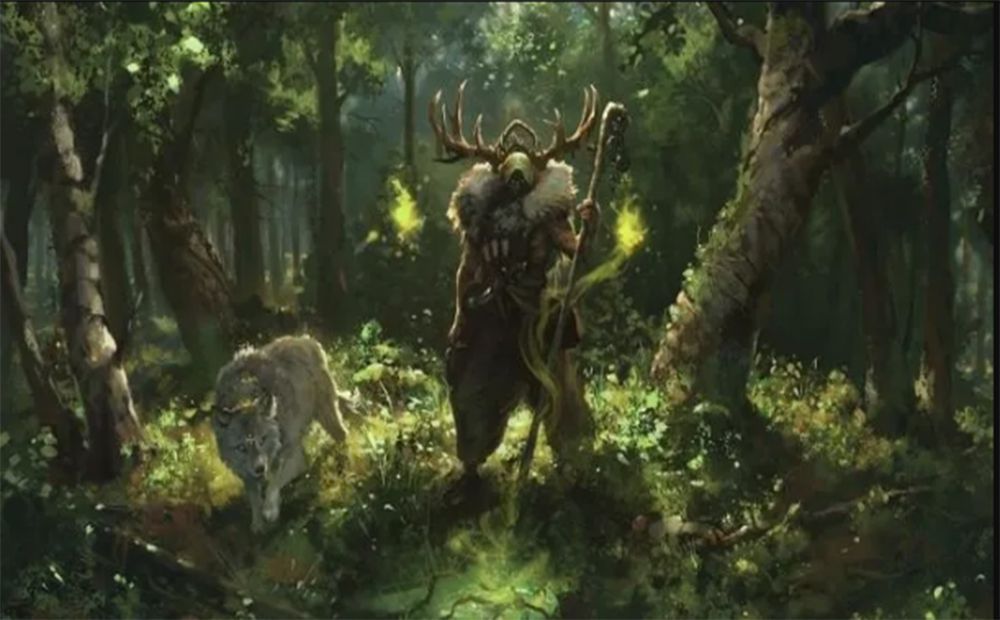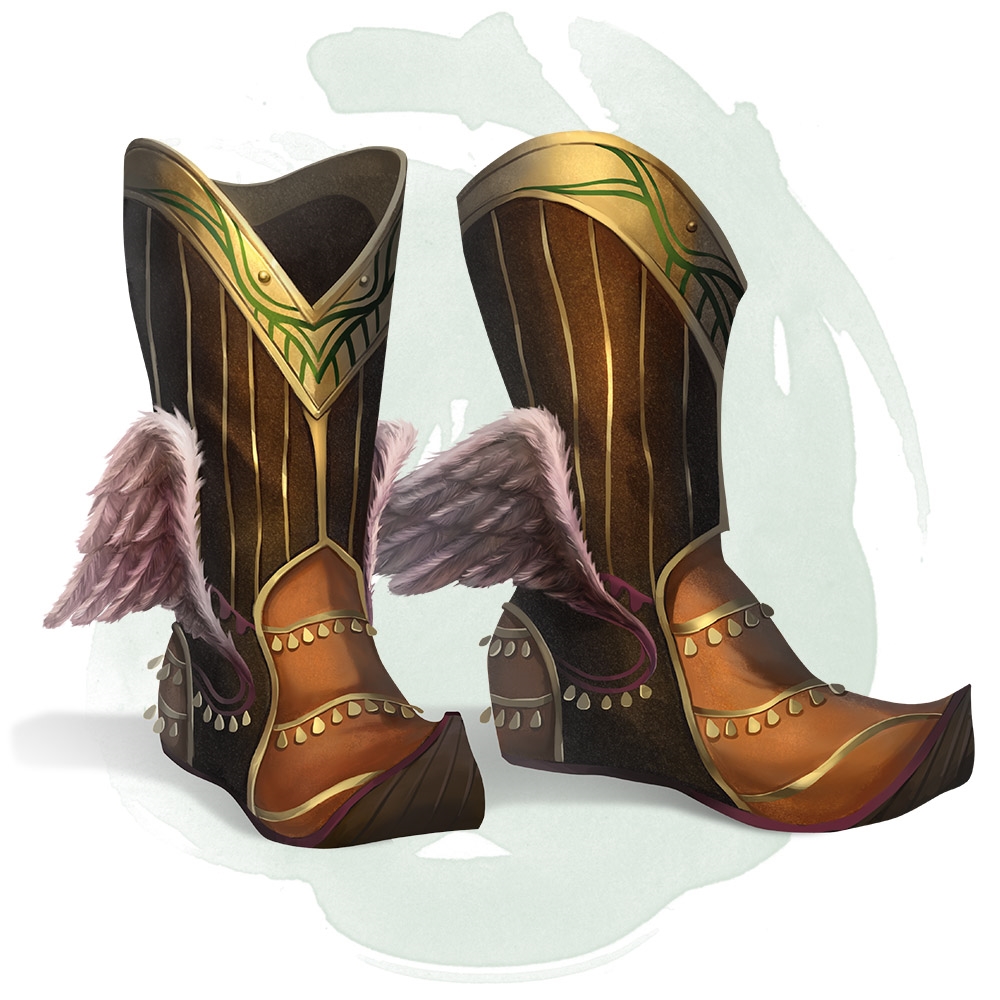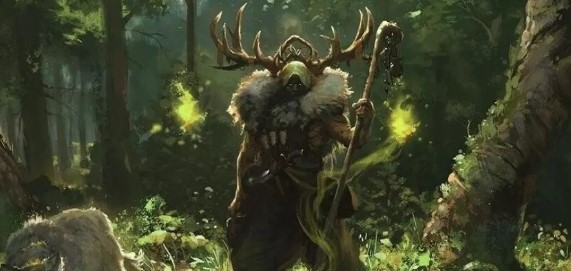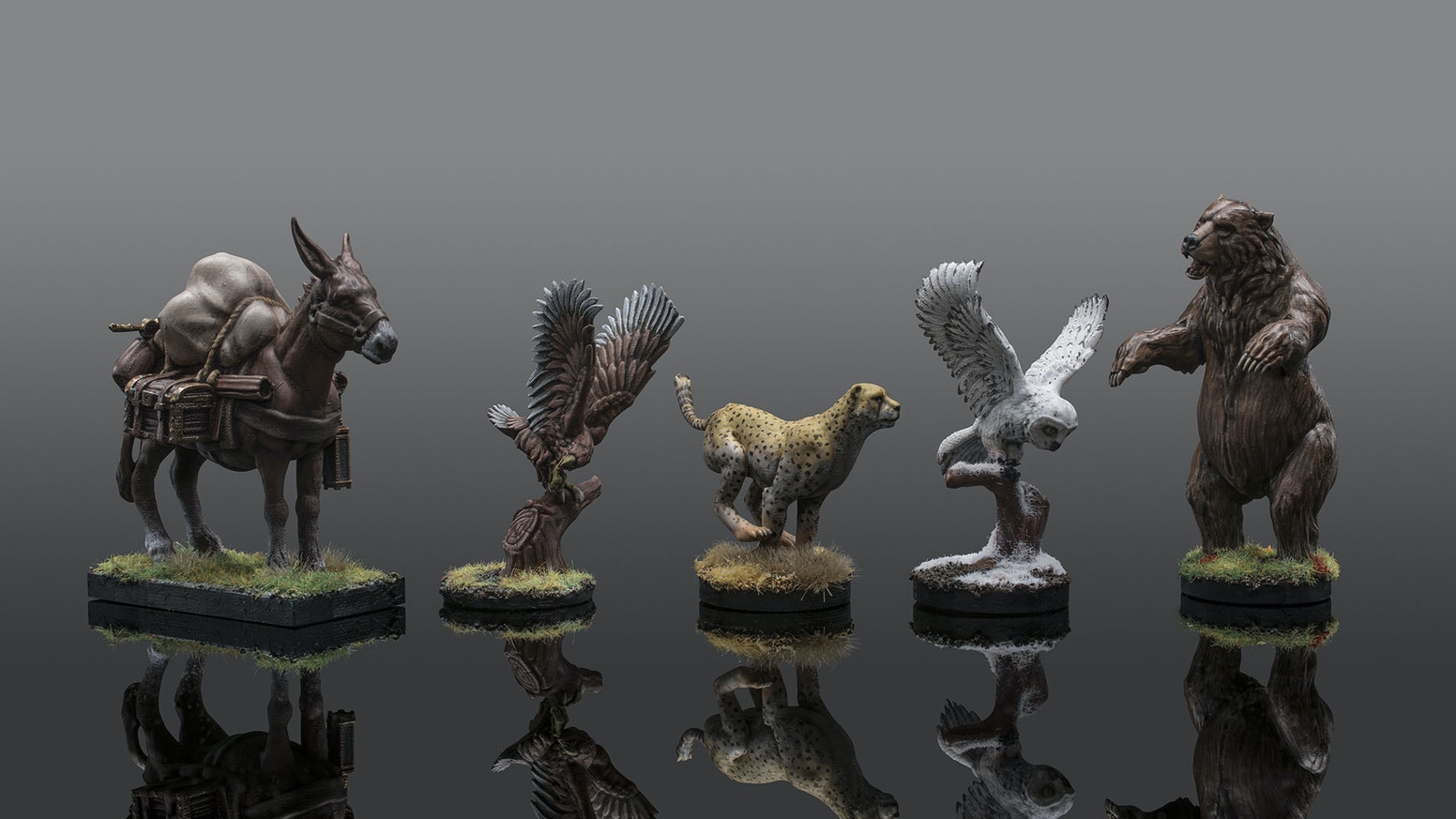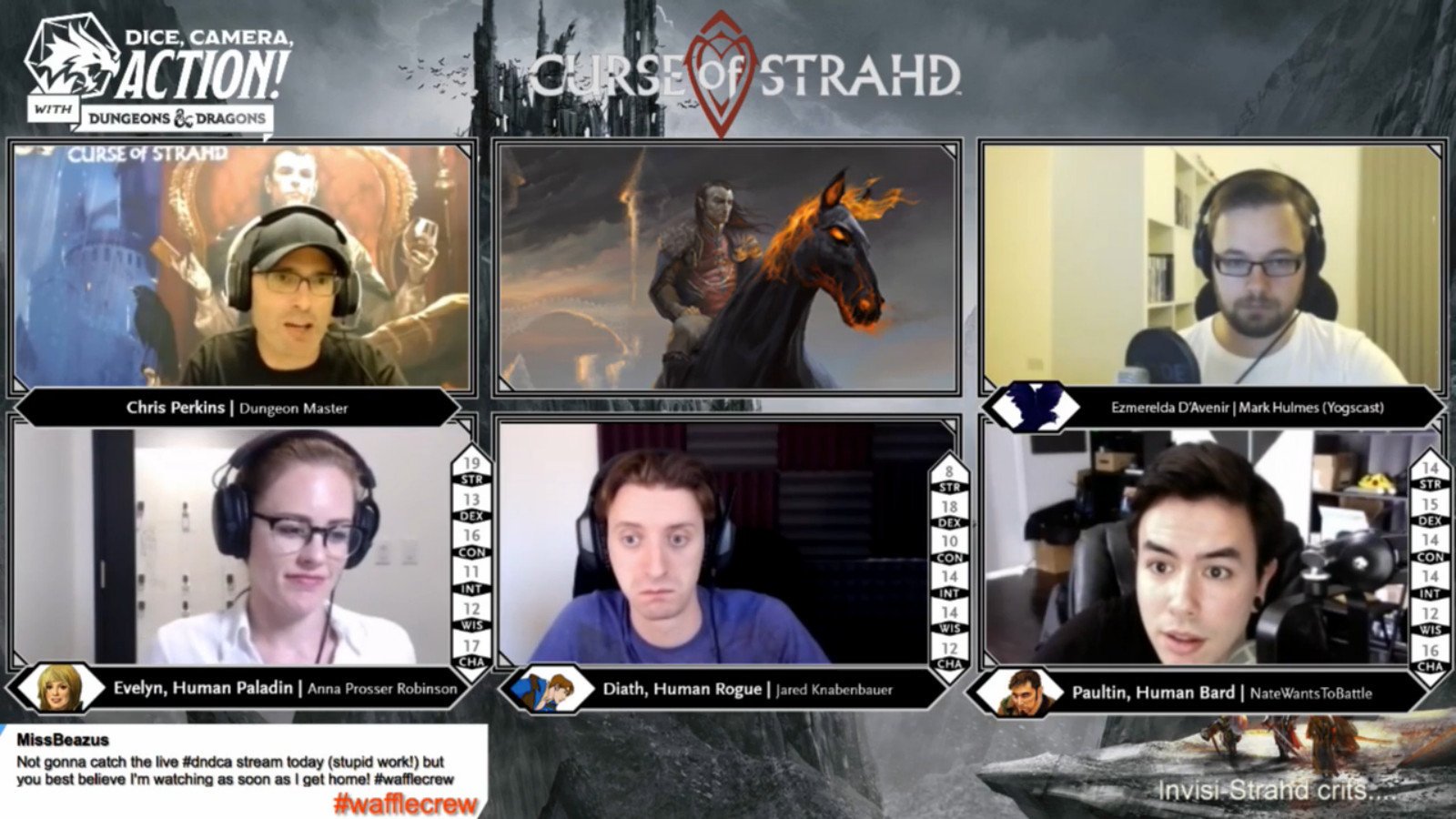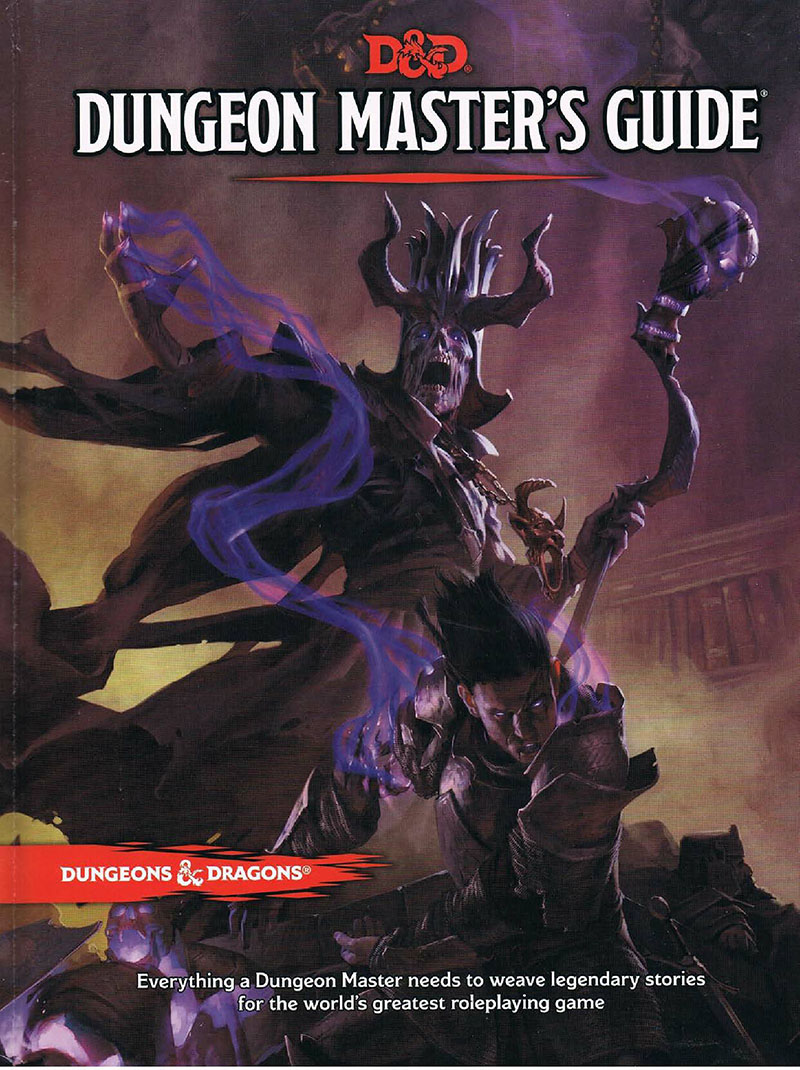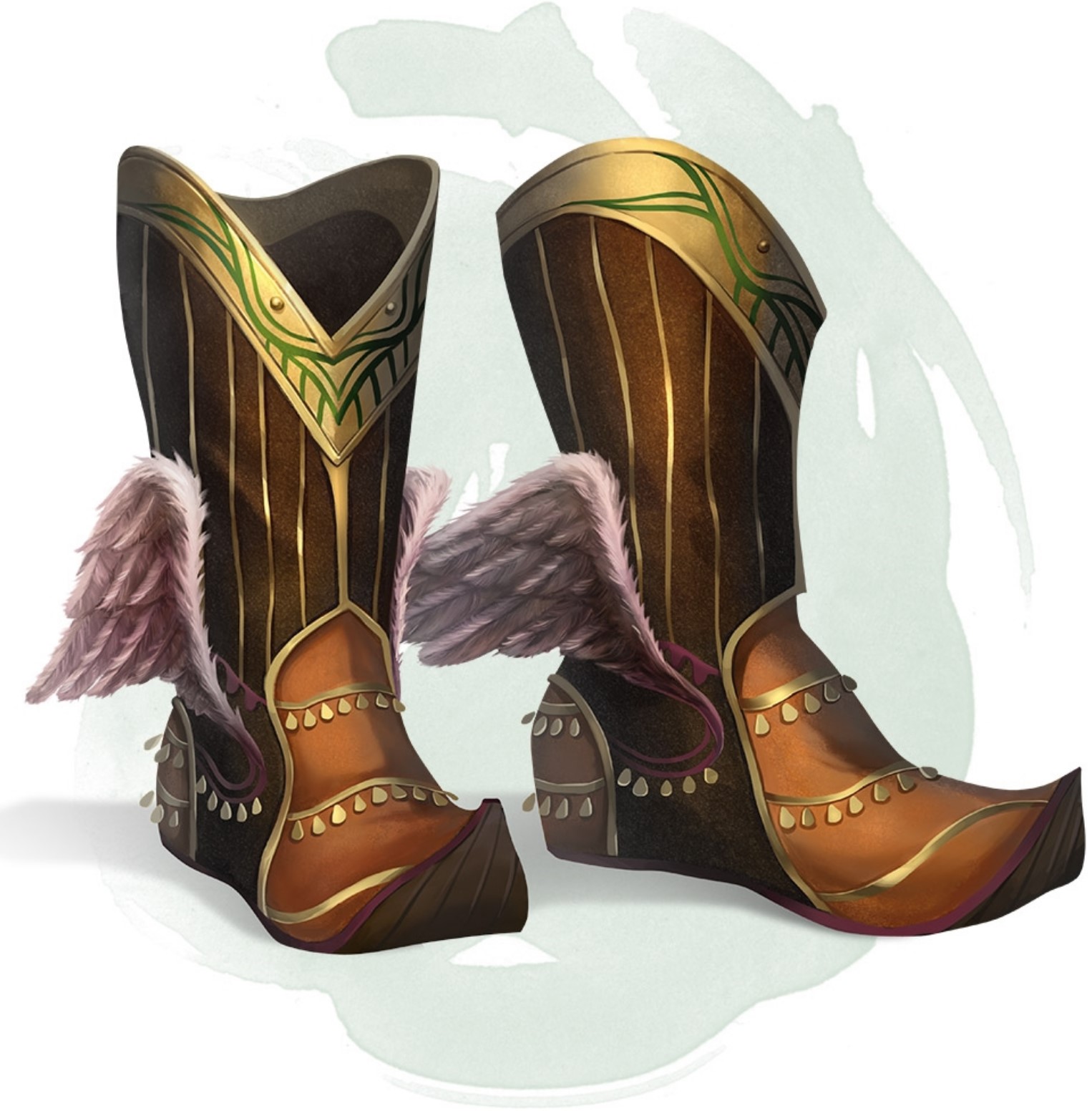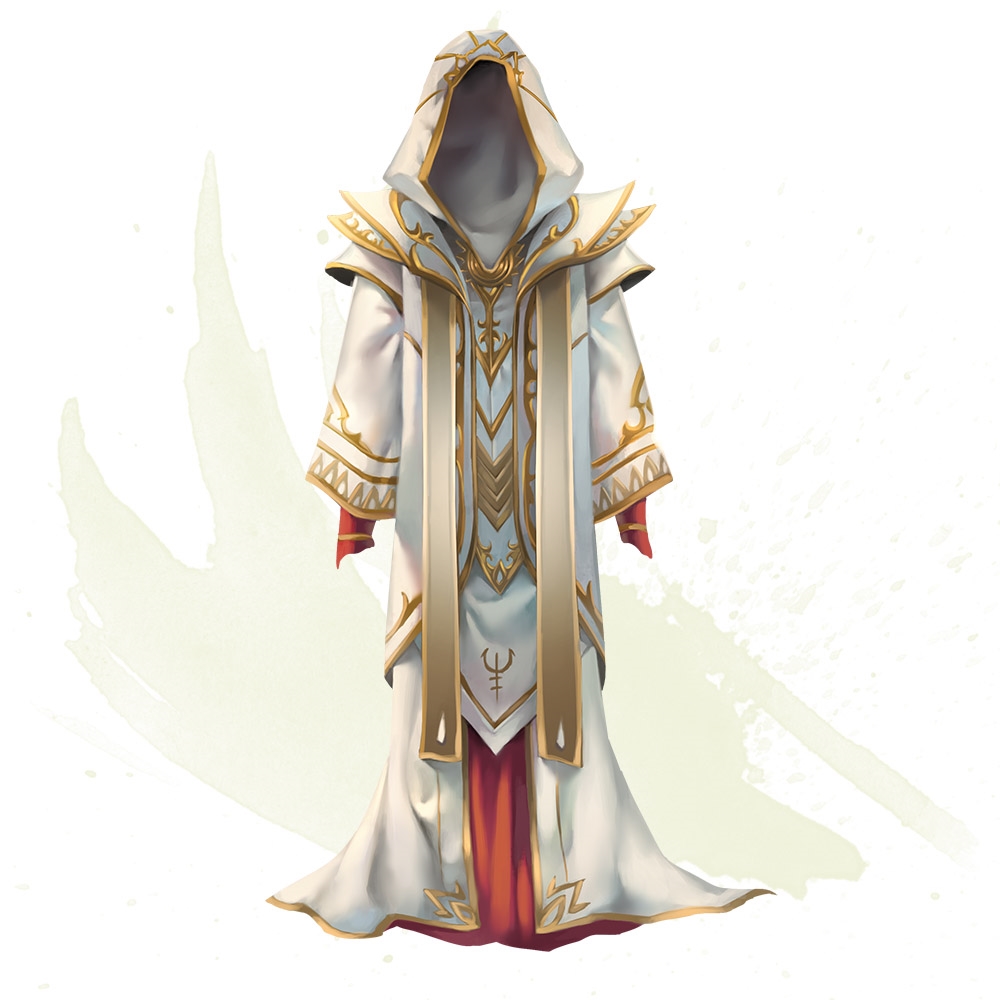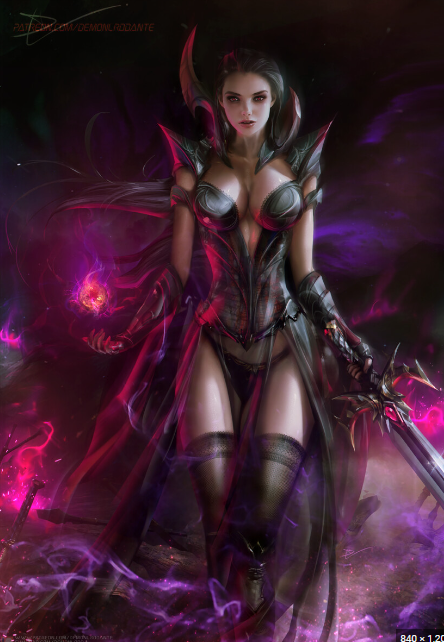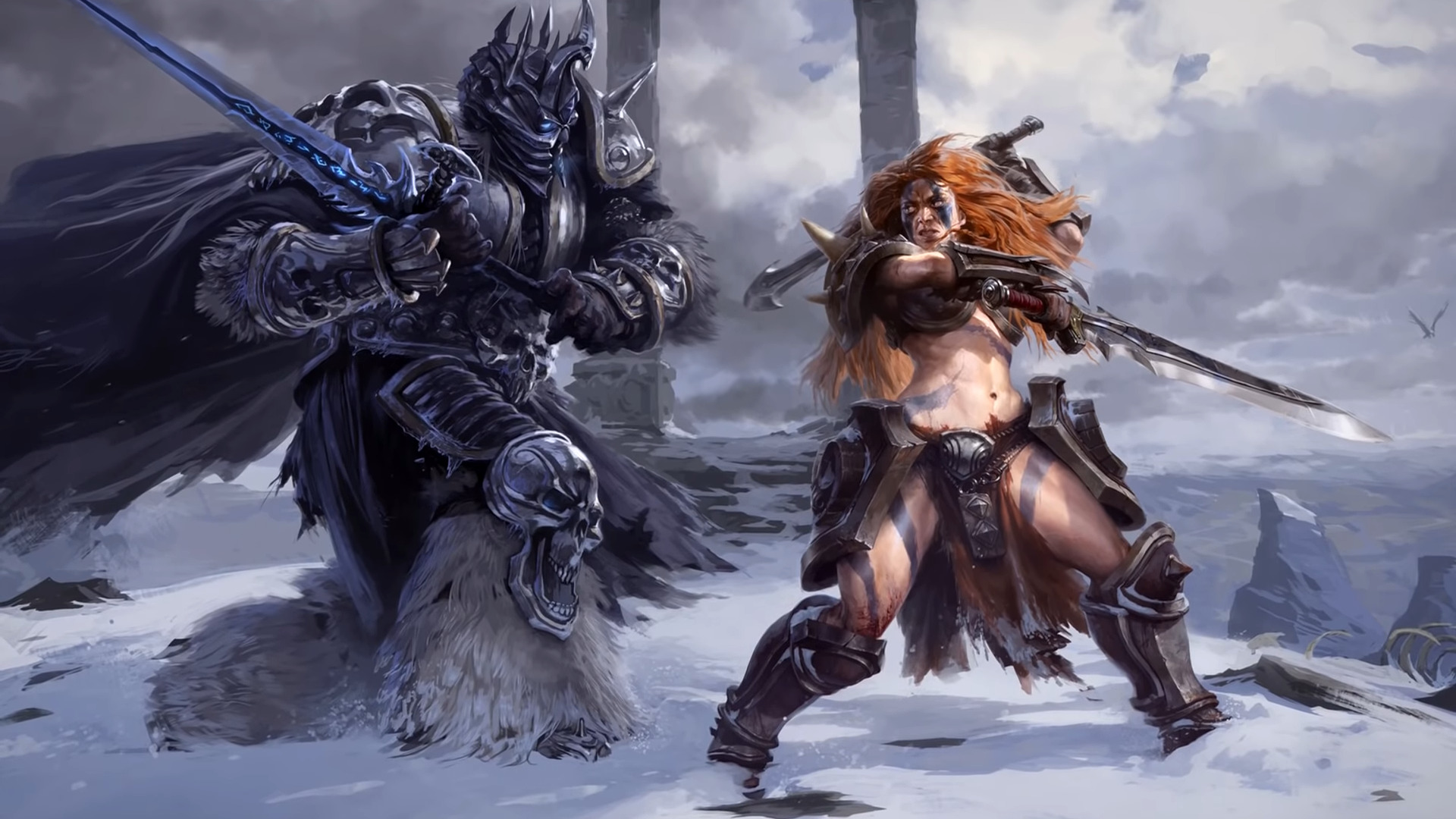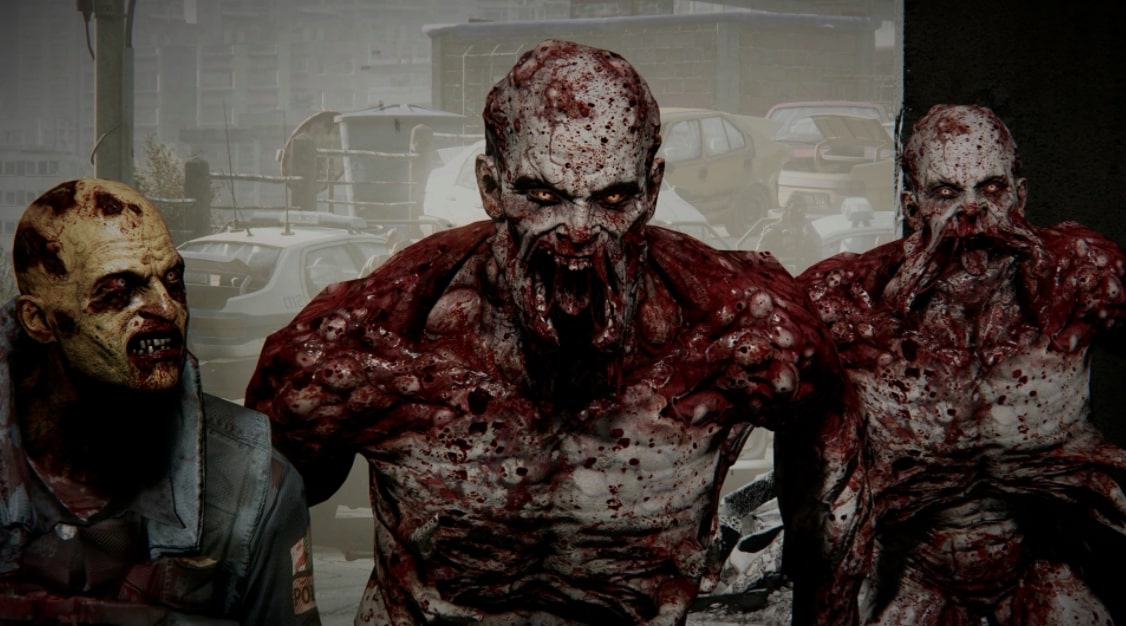
The Monk is a class of warriors that specializes in unarmed combat. But not only that, they have mastered a form of energy called Ki.
Monks are a staple among RPG games and have appeared in Diablo, Warcraft, and others that are too many to mention.
To have some semblance of uniqueness, they are divided into archetypes, also called subclasses.
If you have trouble choosing what to specialize, down below are the 10 official subclasses (archetypes) of the Monk class explained to you.
10. Way of the Astral Self
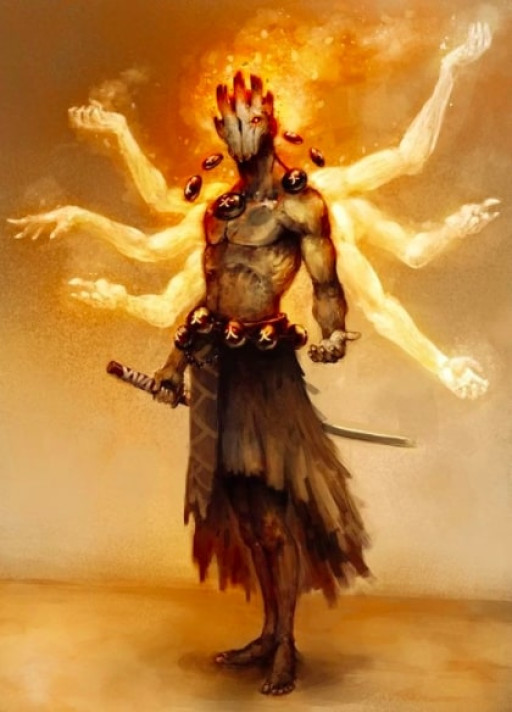
Why It’s Fun
If you’re into religion a bit, then you must have seen the Buddha with Many Hands, or even Hindu gods with a thousand arms? I won’t go into details about that since that’s beyond the point, but the point is that is where Dr. Strange draws its inspiration from, and that is also where the Way of the Astral Self draws the same inspiration: spiritual arms that can be summoned to fight for you. In fact, the Siren class in Borderlands 3 also has this ability.
If you want to play the quintessential meditative monk, then this archetype is for you.
Why It’s Good
The strength of this subclass is that it’s not reliant on Strength, and even Dexterity. The features allow you to pump up your Wisdom score thereby making your Ki attacks much more difficult to be resisted by your enemies. Plus, your spirit arms can do the lifting for you. Remember the first sentence of this paragraph? Yes, instead of using Strength modifier for Strength checks and saves, you can use your Wisdom modifier for those. You can also use Wisdom modifier for your attack rolls, removing the reliance on Dexterity (although it would be ‘wise’ to put scores still on Dexterity to increase your evasion).
What Astral Self Excels In:
- Ki-powered attacks, especially Stunning Strike
- Resisting enchantments and illusions (due to high Wisdom)
- Quickly identifying liars in social interactions (high Wisdom)
Astral Self details: Monk: Way of the Astral Self - DND 5th Edition
9. Way of the Drunken Master

Why It’s Fun
The Drunken Master archetype has been portrayed many times in Hong Kong films by none other than Jackie Chan himself. In fact, he’s the one that made the trope very popular in modern culture appearing as Might Guy in Naruto and Lei Wulong in Tekken. In fact, there’s a real-life boxer named Emanuel Augustus who is dubbed as the ‘Drunken Master’ due to his drunk-like fighting style.
If you want to play a monastic drunken brawler, then this archetype is for you.
Why It’s Good
Although they really missed the opportunity to incorporate intoxication rules for this subclass, this gives you and the DM license to create your own homebrew.
Most people play Monk offensively but they have to notice that the Drunken Master’s features are very defensive by design, like the free Disengage and speed boost after using a Flurry of Blows. Just like Jackie Chan, you don’t engage aggressively. You wait for correct opportunities to dart in for an attack then safely dart out. In fact, you can use the risk involved when moving away from enemies so that it can trigger their Opportunity Attacks. If your AC is high enough for a confident miss, trigger your drunken counterattack feature.
What Drunken Master Excels In:
- Defensive skirmishing, darting in and out of combat
- Counter-attacking
- Pleasing the crowd and making them entertained (due to your Performance skill)
Drunken Master details: Monk: Way of the Drunken Master - DND 5th Edition
8. Way of the Four Elements
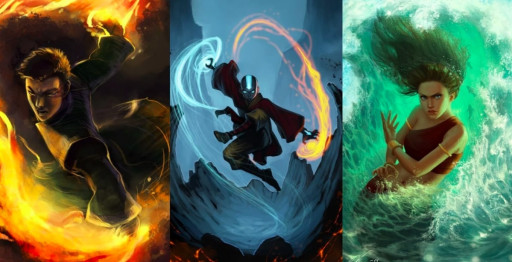
Why It’s Fun
If you haven’t watched the original series of Avatar: The Last Airbender on Nickelodeon or even as a pirated download, then you’re living under a rock.
The Way of the Four Elements subclass of the Monk obviously got its inspiration from the hit and legendary cartoon series. You can choose to specialize in one element so that you can imitate people from the four nations, or you can choose to mix all four and somewhat resemble the Avatar.
Why It’s Good
Firstly, officially, it’s not good. Because Dungeons and Dragons kinda messed it up. No, wait. They really messed it up. Compared to all other subclasses, the Four Elements is at the bottom of the food chain. They did not even rework it like the Ranger class in Tasha’s.
But there is a redemption for this archetype. If you do a little bit of Googling and search for homebrewed Way of the Four Elements, there are a ton of frustrated players who uploaded free reworks of this archetype, like the one here: Way of the Four Elements Monk Reborn for 5E D&D – Nerdarchy
What Four Elements (Rework) Excels In:
- Adaptability to many situations due to controlling the four elements
- Entertainment, as your dances incorporate elemental magic
- Survival and exploration, as you have access to all four cantrips that control elements
Four Elements details: Monk: Way of the Four Elements - DND 5th Edition
7. Way of the Kensei
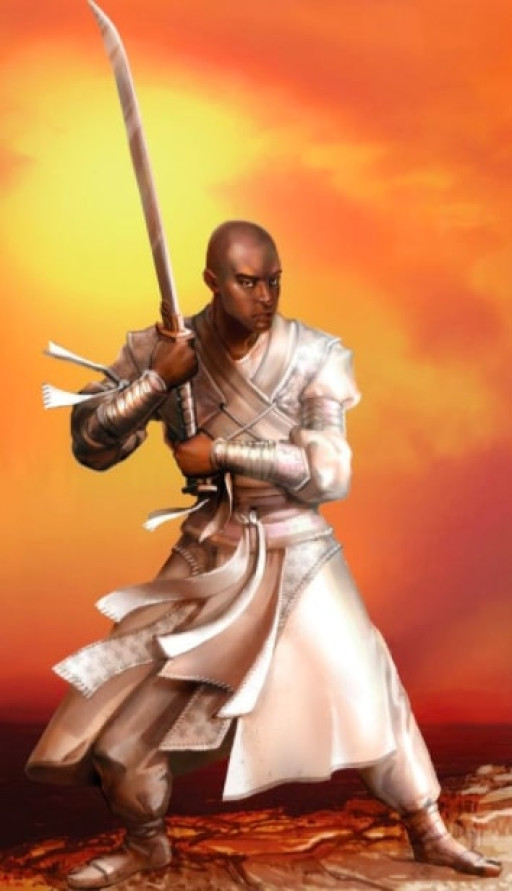
Why It’s Fun
First of all, it is unfortunate that the Monk class can’t use martial weapons, especially that the broad sword (long sword in DND) is very iconic to a wushu martial artist in real life. Lucky for us, Dungeons and Dragons finally decided to publish the Kensei and the dream to become a sword master that doesn’t need to wear any armor became a reality.
Why It’s Good
Just because ‘Kensei’ literally means ‘sword master’ doesn’t mean you are limited to an actual sword. As long as it’s not a heavy weapon, you can choose to master two martial weapons and convert it into monk weapons. This means weapons like the warhammer that only uses Strength modifier to attack can now use your Dexterity score instead, drastically increasing your damage potential at early levels. The subclass feature also drastically increases your AC by letting you use your weapon as a ‘shield’ (this is basically the DND version of deflecting bullets with your sword).
What Kensei Excels In:
- Damage of a Fighter with the speed of a Monk
- Very accurate and deadly attacks
- Painting (calligraphy and painter’s tools)
Kensei details: Monk: Way of the Kensei - DND 5th Edition
6. Way of the Long Death
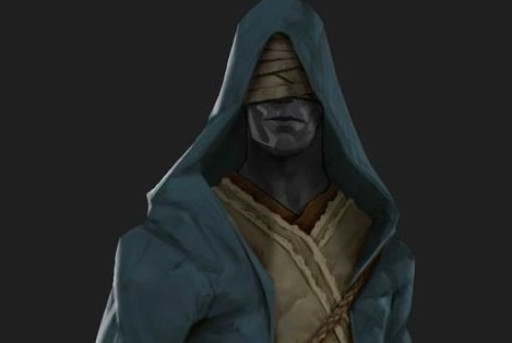
Why It’s Fun
If you want to be a creepy martial artist that is always fascinated by death and all its aspects, then go ahead and play this archetype. We won’t judge you. Maybe.
Why It’s Good
First of all, you are very difficult to kill. You have a feature that grants you limitless temporary hit points each time you kill a creature (always bring a bag of rats to crush) and another feature that denies your death as long as you have a ki point to spend. Lastly, you are so creepy that you can repeatedly creep out your enemies, effectively making your skill a crowd control.
What Long Death Excels In:
- Tanking
- Crowd control
- Creeping out everyone as you smell the lovely fragrance of a corpse
Long Death details: Monk: Way of the Long Death - DND 5th Edition
5. Way of Mercy

Why It’s Fun
As Long Death’s probably younger brother, Mercy realized that death was just too edgy. So, he decides to learn how to heal and restore life, while at the same time retain the powers of death.
Why It’s Good
Dubbed as the ‘plague doctor’, the Way of Mercy subclass has the powers of Yin and Yang. It can incorporate both healing and damage in his Flurry of Blows and can remove and give afflictions. If you reach its ultimate levels, you can also revive the dead by just using your ki.
What Mercy Excels In:
- Can effectively shift between damage dealer and healer instantly
- Can remove status conditions, as well as poison enemies
- Revive allies with just your ki, which can be recharged during short rests
Mercy details: Monk: Way of Mercy - DND 5th Edition
4. Way of the Open Hand
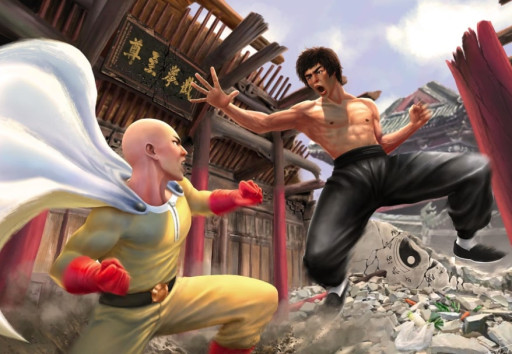
Why It’s Fun
The Way of the Open Hand is the very definition of a Monk. In fact, much of this subclass’ features are like the features of the Monk class in the 3rd edition of the game. So, not only is it satisfying but also nostalgic.
Why It’s Good
The most useful feature of this subclass is the Open Hand Technique. Each time you hit an enemy with your Flurry of Blows, you can choose to push, knockdown, or remove that enemy’s reaction. That means you are useful because you have crowd control. And, if you have an ally with high Strength, like a Barbarian, you can send him to grapple the prone enemy to prevent him from rising up and your team can gang up. Lastly, his Quivering Palm attack is probably the most powerful of all features.
What Open Hand Excels In:
- Crowd control
- Skirmishes
- Burst damage
Open Hand details: Monk: Way of the Open Hand - DND 5th Edition
3. Way of the Shadow
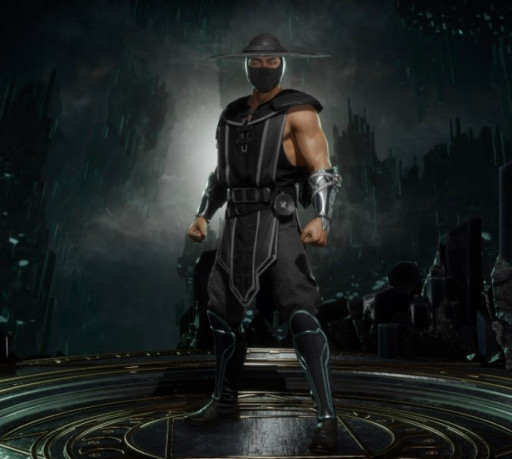
Why It’s Fun
This is your Ninja. Period.
Why It’s Good
Just like the Rogue, the Shadow monk archetype excels in infiltration the most. This is because his features grant him the power of darkness and his other features make him much more excellent in the use of darkness. The one tiny issue with this subclass is that it doesn’t have the burst damage of the Rogue’s Sneak Attack, so, along the way, you will have some emotional time as you decide if you should take up Rogue levels (Assassin) as well.
What Shadow Excels In:
- Infiltration
- Deception (use of Minor Illusion)
- Some levels of assassination
Shadow details: Monk: Way of Shadow - DND 5th Edition
2. Way of the Sun Soul
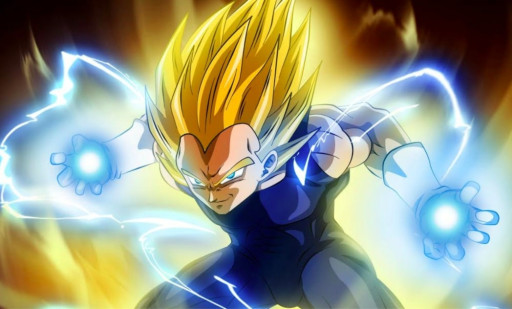
Why It’s Fun
Want to play as Son Goku? Or, how about Ryu from Street Fighter that can spam his Hadouken? Then play the Way of the Sun Soul.
Why It’s Good
This archetype is the only ‘unique’ subclass of the Monk. It is the only subclass that makes the Monk a ranged attacker. Just like Ryu’s fireball, your fireball is also limitless since it doesn’t cost any ki. As you grow stronger, you learn more powerful fire and radiant-based attacks.
What Sun Soul Excels In:
- Ranged combat
- Area of attack damage
- Just raw damage
Sun Soul details: Monk: Way of the Sun Soul - DND 5th Edition
1. Way of the Ascendant Dragon

Why It’s Fun
You get to fight like Bruce Lee (not really) and summon the powers of the Shen Long dragon.
Why It’s Good
This is probably the Four Elements 2.0 since everything about this subclass is way much better compared to the complete failure. His features can let you change your damage type at will to overcome certain resistances. You have a breath weapon which you can change damage type and area type each time you attack, and you have an aura that lets you resist said damage types.
What Ascendant Dragon Excels In:
- Crowd control
- Bypassing monster resistances
- Social interactions, especially diplomacy
Ascendant Dragon details: Way Of The Ascendant Dragon - DND 5th Edition
Closing
So, were you able to make a choice?
Let us know in the comments section!
You may also be interested in:
- The Best D&D Classes (Ranked from Worst to Best)
- Top 25 Best D&D Villains of All Time
- 32 Most Interesting Facts About Dungeons and Dragons!
- 25 Best D&D Games for PC That Every Fan Must Play!
- The 10 Best DnD Streams
- Most Powerful D&D Dragons For Adventurers To Defeat
- Top 10 Best DnD Campaign Ideas
- Top 5 DnD Most Useful Languages
- D&D Top 10 Most Damaging Spells That Obliterate Foes
- Top 15 Most Powerful D&D Spells
- The Best D&D Race for Every Class
- Top 10 D&D Best Quests That Are Amazing
- Top 10 D&D Best Utility Spells
- [Top 10] D&D Best Zombies
- [Top 10] D&D Best Simple Weapons For Killing Foes
- [Top 10] D&D Best YouTube Channels
- [Top 5] D&D Best Tank Builds That Can Withstand Massive Damage


